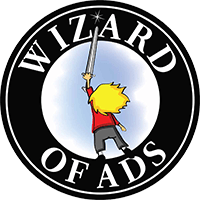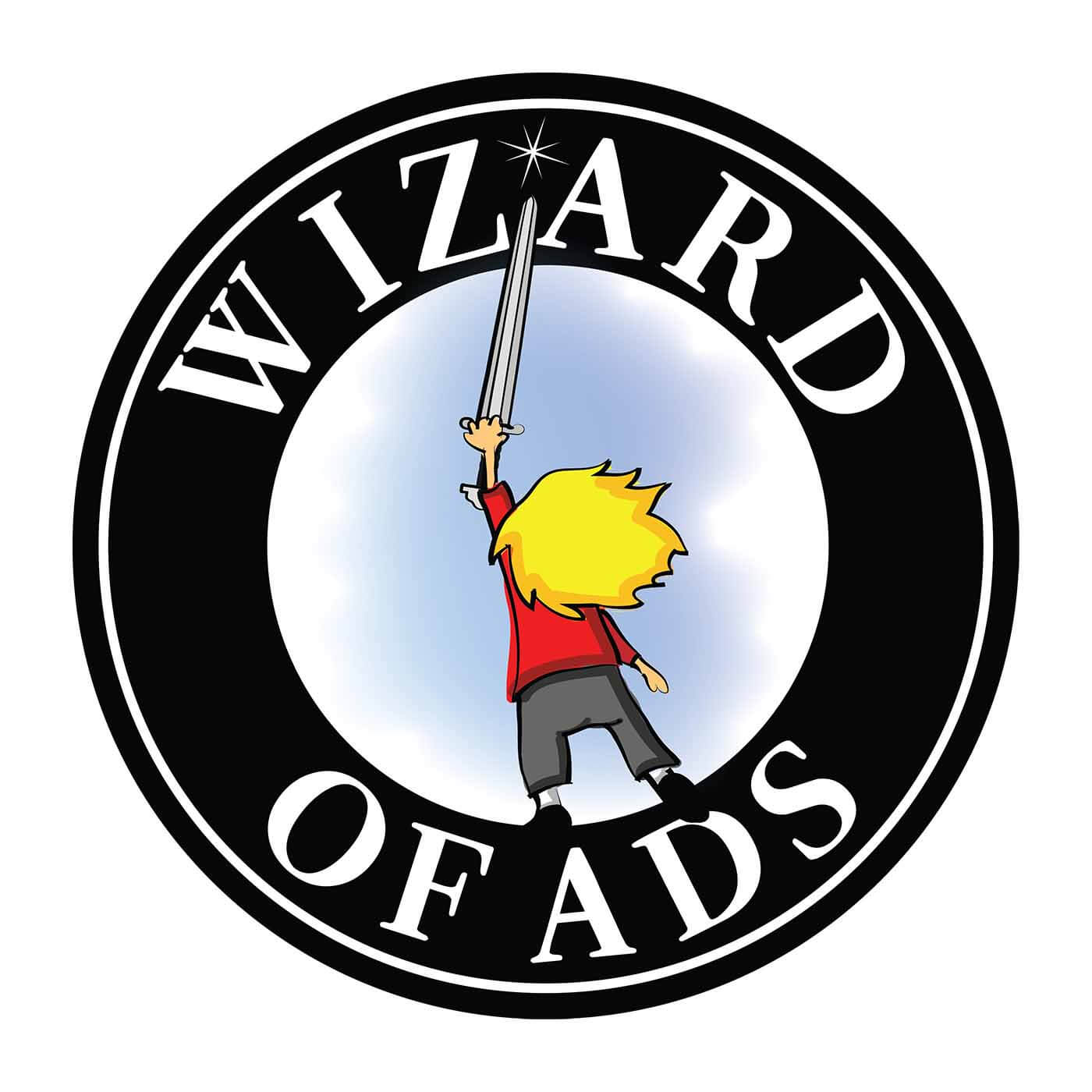full
And the Winner is…
Last week’s Monday Morning Memo included a photograph of a diamond pendant and the promise of a $1,000 cash prize to whoever could use AI to write the 60-second radio ad that would sell the largest number of that pendant for Valentine’s Day.
I was given that photo by a jewelry client. In a moment we will look at the 60-second radio ad I wrote for the client before I issued the AI prompter challenge. But first, here are 10 things I have learned from the advertising results (and lack of results) I have seen during my 40 years as an ad writer.
- The most effective ads don’t sound like ads.
- Most jewelry ads are filled with cliches and schmaltz.
- The Large Language Models used by AI are educated by the most often used phrases.
- This is why jewelry ads written by AI are filled with cliches and schmaltz.
- Most of the ads written by AI are better than what the average citizen would write.
- The average citizen has not received specific data about the results delivered by each of the thousands of ads they have written during the past 40 years.
- My challenge to AI prompters included a photograph of the pendant, but none of the ads written by AI were specific to that pendant.
- Specifics are more persuasive than generalities.
- The non-specific ads written by AI sold only the idea of a diamond pendant; an idea that can be fulfilled by any diamond pendant sold by any jewelry store, anywhere.
- Advertisers who use these “generalized” ads are not advertising for their store alone, but for all their competitors as well.
Q: Would the AI radio ads “work”?
A: If what you mean is, “Would they generate a result?” Then yes, but that result would not be the highest and best use of your ad dollars. Not by a long shot.
AI is great at a lot of things, but effective ad writing is not among them.
Radio cannot reveal visual images except in the imagination. That’s what makes radio the perfect medium to deliver this ad. It is the radio ad I wrote to sell that specific pendant:
JACOB: David, have you seen it?
DAVID: Oh yes! I’ve seen it.
JACOB: What did it say to you?
DAVID: There is only one thing it CAN say.
JACOB: Sometimes an artist will say something incredibly specific without using any words at all.
DAVID: We’ve all heard music that can tell a story without words.
JACOB: And we’ve all seen paintings that can tell a story without words.
DAVID: But this time a jewelry designer did it.
JACOB: The moment you see it, you know what it is saying.
DAVID: I understood the message immediately.
JACOB: [slowly] “The long and the short of it is we’re in this together.”
DAVID: “The long and the short of it is we’re in this together.”
JACOB: It has wit, and whimsy, and humor, and warmth
DAVID: and commitment.
JACOB: It made me smile when I saw it.
DAVID: Me, too.
MONICA: [SFX cell phone ring] Hello.
SARAH: Did they see it?
MONICA: Oh yes, they saw it.
SARAH: Did they understand it?
MONICA: Even my little brother David saw the love in it.
DEVIN: See the Life Partner diamond pendant at [name of client.com.]
MONICA: Just 99 dollars. [SFX scream]
© 2024, Roy H. Williams
The secret of effective ads is to engage the imagination of the customer by enticing them to fill in what you have intentionally left out.
After hearing that 60-second radio ad, the curiosities of a huge number of listeners will drive them to my client’s website to see the pendant and solve the mystery of how the pendant “says” what it says.
To indicate that an inanimate object can speak is personification: the attribution of human abilities to an inanimate object. Personification instantly takes the mind of a reader, listener, or viewer into a world where anything is possible.
You are evesdropping on two conversations. Your imagination is called upon to figure out what these people are talking about. Two of the people say the pendant communicates a specific message without words. That message is, “The long and the short of it is we’re in this together.”
The pendant is called “The Life Partner Diamond Pendant.”
Do you remember observation number 8 on my list of 10 observations? “Specifics are more persuasive than generalities.” The specific message of that pendant is based upon specific elements in the design. Today’s AI isn’t going to extract that message by examining the symbolic elements of the pendant. It currently takes a human to do that.
Symbolic elements are the essence of great art, great literature, and great advertising. A symbolic phrase that is used often enough to come to the attention of AI is, by definition, a cliche.
Without the aid of an observant human who can see the symbolic meanings that a computer cannot detect, AI can give you little more than cute scenarios where you give a woman a piece of jewelry and it makes her happy because it shows her that you care. And if the subject matter is romantic, AI will cover your ad with cliches and schmaltz like a kid putting syrup on pancakes on Saturday morning. AI will do this because the public archives are full of jewelry ads that sound like they were extracted from a Hallmark movie.
If you want ads that sound like ads, just ask your favorite AI to spit some out for you. But if you want ads that are new, surprising, and different, you’re going to need more help than a computer can give you.
AI might be able to write exceptional ads in the future, but that future is not today.
I asked AI to look at all the AI-written ads that were submitted and choose a winner.
To see the radio ad that AI swears is the best, click the image of Alfie the Elf at the top of this page. The person who asked AI to write that ad will receive $1,000.
SUMMARY: If you are not an experienced, professional ad writer and cannot afford to hire one, AI can write ads for you that are equal to what you would get from a highly talented 19-year-old.
If you know a highly talented 20-year-old, perhaps you should give them a call instead.
Roy H. Williams
NOTE: Steve Huff got an email this week that will blow your mind. The wizard gave you enough information in today’s Monday Morning Memo to help you write significantly better AI prompts. But he did not tell you everything he knows. My name is Nonny Mouse and I am a member of the Tiny Tribe of Indy Beagle, emperor of the rabbit hole of the wizard’s Monday Morning Memo.
While most consultants focus on improving a company’s mechanics — sales, marketing, human resources, and the like — Charles Rose advises his clients on the best ways to unload the personal baggage that limits their bottom line and personal satisfaction. Charles Rose built an e-commerce company and sold it for 10 million dollars. He has since spent the past 20 years instructing CEOs and entrepreneurs on all the different ways ways to strike a productive balance between business success and life satisfaction. Listen in as Charles explains to roving reporter Rotbart, “On the path to business fulfillment, you must examine every aspect of your life, including physical health, mental health, and personal relationships.” MondayMorningRadio.com

